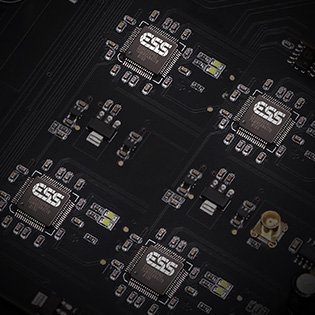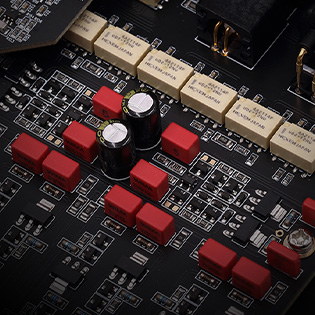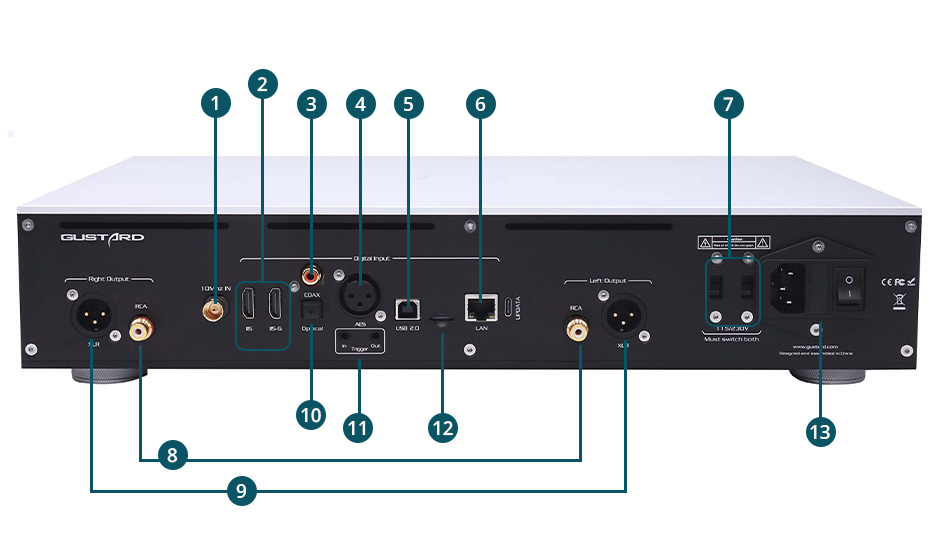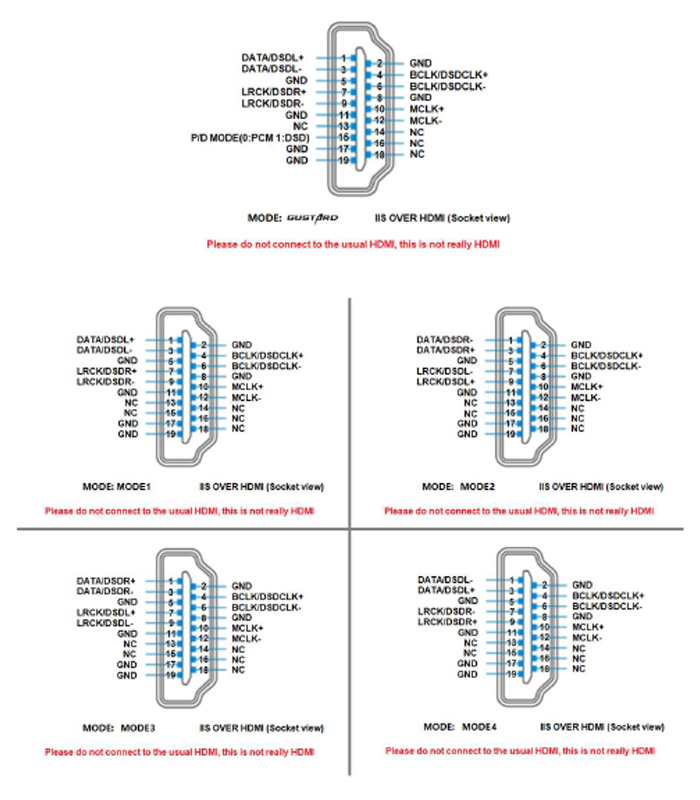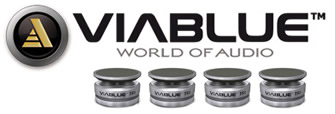With its X30, Gustard unveils a DAC of exceptional performance and versatility. In fact, this DAC features no less than four ES9039SPRO DAC chips coupled with an ES9311Q linear regulator and a second-generation XU216 USB XMOS interface. This enables it to support high-resolution sampling rates up to PCM 32bit 768kHz, DSD512 and MQA. It also features a preamplifier stage with R2R volume control, as well as an Ethernet LAN port on an RJ45 connector, allowing it to double as a network player. There's also an FPGA with OXCO crystal oscillators and a connector for an external 10MHz clock. The numerous digital and optical inputs include USB, Toslink optical, SPDIF coaxial, I2S via HDMI and a micro SD slot. Two 3.5mm jack triggers complete the package, and output is via stereo RCA or balanced stereo XLR. In terms of design and ergonomics, it features an attractive front panel display and elegant curves, plus a remote control for convenient operation from a distance. This makes the X30 an excellent choice as a sound gateway and a central element in your Hi-Fi system.
GUSTARD X30: digital filter
An autonomous DSP SHARC digital filter provides noise reduction thanks to a 64-bit floating-point algorithm and noise-shaping techniques. The X30 also features 4 DSD filters, 3 PCM filters and NOS mode support.

GUSTARD X30: network player function
An Ethernet LAN RJ45 port enables the X30 to connect to the network and support Roon, Airplay, DLNA, UPnP, or NAA (Network Audio Adapter). Streaming platforms are thus accessible, notably via an interface developed with Celaudio. This interface has been specially designed to optimize sound rendering with devices combining hardware and software.
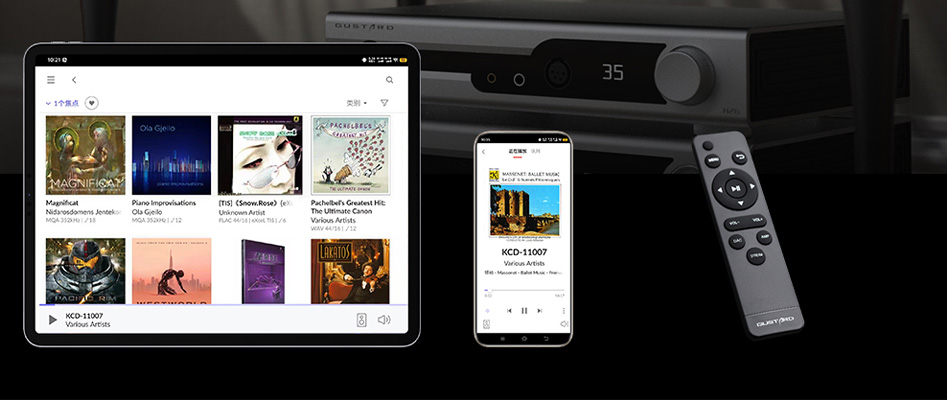
GUSTARD X30: a high-end clock system
The X30's clock system features thermostatic OCXO crystal oscillators and a K2 synthesizer. This technology allows the DAC to use only its internal OXCO clock or an external 10MHz clock. The whole unit is accompanied by a FGPA chip for excellent stability.
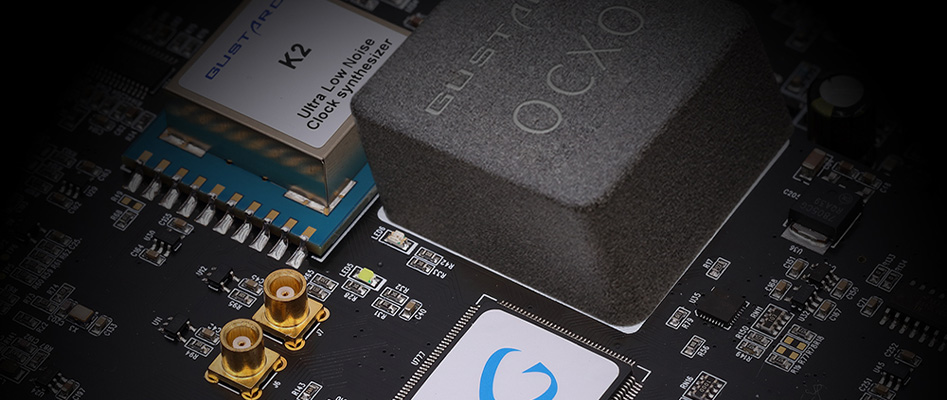
GUSTARD X30: balanced power supply stage
The X30 benefits from two toroidal transformers that supply the analog and digital parts of the device independently, to avoid any interference. In addition, the power supply for the two DAC channels is separate, with independent voltage stabilizers.
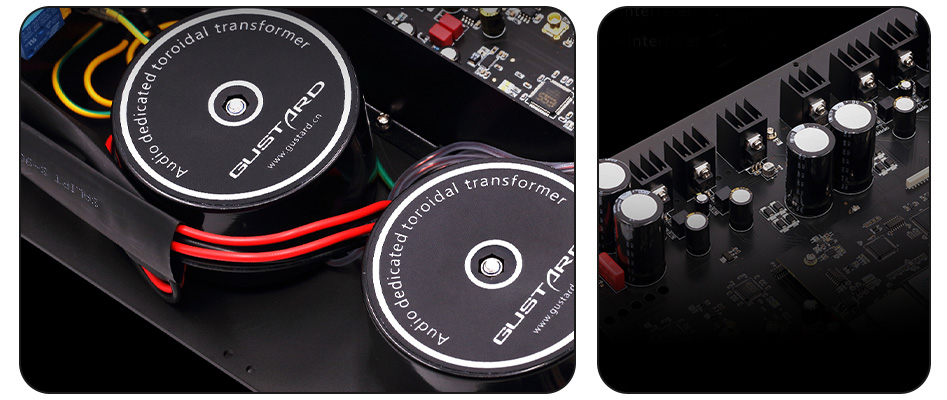


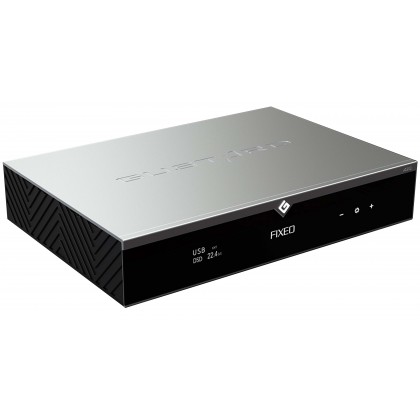






![[GRADE S] FIIO KA2 LIGHTNING Portable DAC Headphone Amplifier 2x CS43131 32bit 384kHz DSD256](https://www.audiophonics.fr/61299-thumb_default/fiio-ka2-lightning-portable-dac-headphone-amplifier-2x-cs43131-32bit-384khz-dsd256.jpg)
![[GRADE S] TOPPING DX7 PRO Balanced DAC Headphone Amplifier ES9038Pro Bluetooth 5.0 aptX HD LDAC 32bit 768kHz DSD1024 Black](https://www.audiophonics.fr/47119-thumb_default/-grade-s-topping-dx7-pro-balanced-dac-headphone-amplifier-es9038pro-bluetooth-50-aptx-hd-ldac-32bit-768khz-dsd1024-black.jpg)
![[GRADE S] GUSTARD C18 Master Clock OCXO 10MHz Silver](https://www.audiophonics.fr/67112-thumb_default/gustard-c18-master-clock-ocxo-10mhz-silver-stockb.jpg)
![[GRADE B] DAYTON AUDIO SD270A-88 Speaker Driver Subwoofer DVC 80W 4 Ohm 88dB 26Hz-2000Hz Ø25.4cm](https://www.audiophonics.fr/67029-thumb_default/dayton-audio-sd215a-88.jpg)













